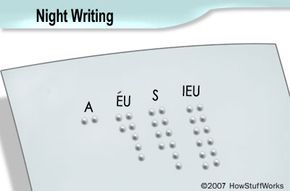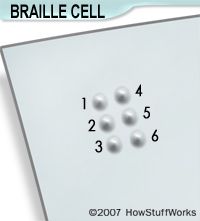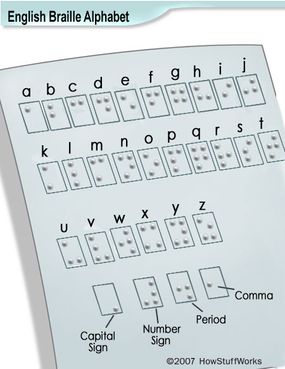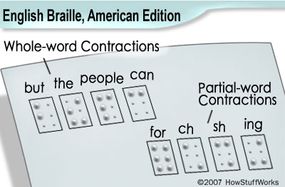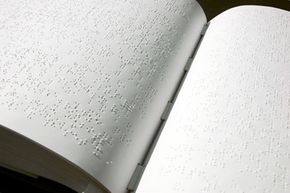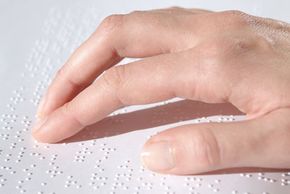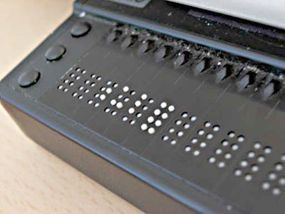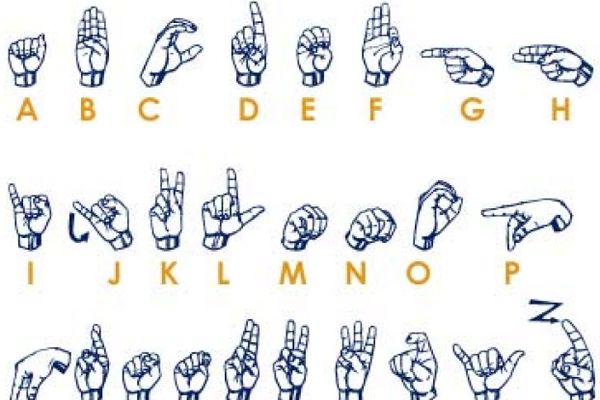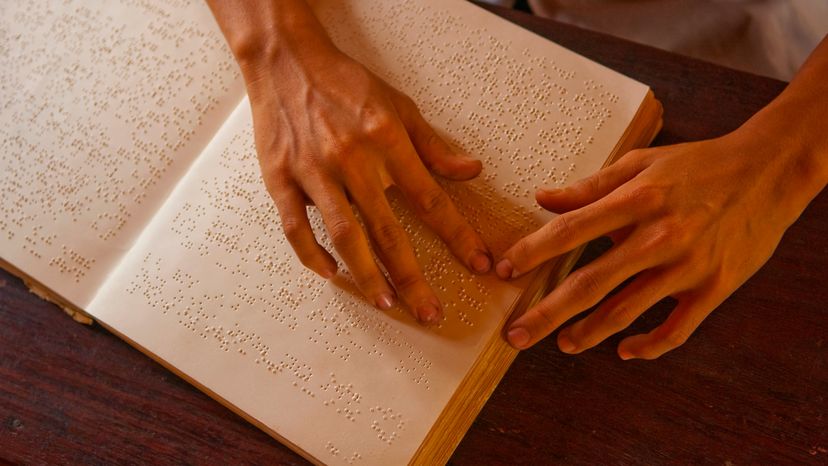
If you live in a town or city, especially if you work in a large office building, you probably encounter Braille every day. Braille characters mark elevator buttons, signs and public map displays. The dots are tiny, so they're easy to miss, and if you don't need to read them, you may not even realize they're there.
Braille is amazing. First, a teenager invented it -- Louis Braille started teaching the code to his classmates at a school for the blind when he was just 15 years old. Second, it completely changed the way people approached education for the blind. Before the invention of Braille, blind people didn't have many opportunities for education or employment. The few existing schools for the blind were more like residential workshops, teaching basic trade skills while ignoring reading, writing and other academic studies. Braille changed all that by giving blind people an efficient method for communication and learning.
Advertisement
Because of its profound impact on education and literacy, Braille is as important an invention as written language. In a speech commemorating the 100th anniversary of Louis Braille's death, Hellen Keller also compared Louis Braille's achievement with another monumental invention -- Johannes Gutenberg's movable type. "In our small way," she said, "we the blind are as indebted to Louis Braille as mankind is to Gutenberg."
Braille and the Gutenberg press have a lot in common. Both replaced slow, cumbersome printing methods that already existed. For example, before the invention of Braille, teacher Valentin Haüy made books with raised letters by soaking paper in water, pressing it into a form and allowing it to dry. Books made using this method were enormous and heavy, and the process was so time-consuming that l'Institution Royale des Jeunes Aveugles, or the Royal Institution for Blind Youth, had fewer than 100 of them when Louis Braille was a student there.
Both Braille and the Gutenberg press also allowed more people to become literate, but the effect was gradual. The press made it much easier to print books, but books were still expensive and weren't necessarily in a language that local people spoke. While Braille immediately became popular with students at the Royal Institution, its adoption elsewhere took years. Inventors developed competing codes, and governments and school systems had to decide which ones to use. One, the New York Point system created by William B. Waite, became popular in the United States in the late 1800s. The United States and Great Britain even used different Braille alphabets until 1932.
Today's Braille is a little different from the code that Louis Braille invented in the 1800s.
Advertisement
